Introduction
Wine, a beverage steeped in history and culture, has captivated humanity for millennia. Among its many iterations, white and red wines stand as the two pillars of the vinous world, each offering a distinct tapestry of flavors, aromas, and textures. While both originate from fermented grapes, their divergent production methods, grape varieties, and aging processes result in profoundly different sensory experiences. This article delves into the multifaceted distinctions between white and red wine, exploring their origins, winemaking techniques, flavor profiles, and cultural significance. By dissecting these elements, we aim to equip enthusiasts and novices alike with the knowledge to appreciate, pair, and savor these libations in their full glory.
Grape Varieties: The Foundation of Difference
The journey from vine to bottle begins with the grape, and here, the first divergence emerges. White wines are predominantly crafted from white grape varieties, such as Chardonnay, Sauvignon Blanc, Riesling, and Pinot Grigio. These grapes are characterized by their thin skins, which contain minimal pigments and tannins—compound that contribute to color and astringency. Conversely, red wines are born from thick-skinned red grape varieties, including Cabernet Sauvignon, Merlot, Syrah, and Pinot Noir. The skins of these grapes are rich in anthocyanins (pigments) and tannins, which imbue red wines with their signature hue, body, and structural complexity.
Notably, white wine can also be produced from red grape varieties through a process called skin maceration avoidance. For instance, Blanc de Noirs Champagne is made from Pinot Noir grapes, but the skins are removed promptly after pressing, preventing color extraction. This technique underscores the versatility of grape varieties and the winemaker’s artistry.
Winemaking Process: Maceration and Fermentation
The winemaking journey diverges significantly during maceration and fermentation, the phases where grape skins interact with the juice.
1 Maceration: The Color Extraction Phase
In red wine production, maceration is pivotal. After crushing, the grape skins, seeds, and juice (collectively termed must) ferment together for days or weeks. This prolonged skin contact extracts color, tannins, and flavor compounds, resulting in the wine’s ruby to garnet hues. The duration of maceration influences the wine’s intensity; shorter periods yield lighter-bodied reds like Pinot Noir, while extended maceration produces bold, tannic wines such as Cabernet Sauvignon.

White wine production, by contrast, typically avoids maceration. Grapes are promptly pressed to separate juice from skins, minimizing color and tannin extraction. Some white wines, like orange wine, undergo skin contact, but this is an exception rather than the norm.
2 Fermentation: Temperature and Vessels
Fermentation temperature also diverges. Red wines ferment at warmer temperatures (75–85°F/24–29°C), encouraging tannin extraction and malolactic fermentation—a secondary process that softens acidity and adds buttery notes (e.g., in Chardonnay). White wines ferment at cooler temperatures (50–60°F/10–15°C), preserving delicate aromas and crisp acidity.
The choice of fermentation vessel further differentiates the two. Red wines often age in oak barrels, which impart vanilla, spice, and toast flavors. White wines may use stainless steel tanks (for purity) or oak (for complexity), as seen in oaked Chardonnay.
Flavor Profiles and Aromas: A Symphony of Sensations
The sensory differences between white and red wines are profound, stemming from their chemical compositions and production methods.
1 White Wine: Brightness and Complexity
White wines are celebrated for their acidity, which ranges from bracing (e.g., Riesling) to rounded (e.g., Viognier). This acidity, coupled with volatile aromatic compounds, creates a vibrant palate. Flavors span citrus (lemon, grapefruit), stone fruit (peach, apricot), tropical notes (pineapple, mango), and floral undertones (honeysuckle, jasmine). Aging in oak or lees (spent yeast cells) can add creaminess, as in Chardonnay, or nutty nuances, as in Muscadet.
2 Red Wine: Depth and Structure
Red wines boast a broader flavor spectrum, from red fruits (cherry, raspberry) to black fruits (blackberry, plum), and secondary notes like leather, tobacco, and earth (e.g., Burgundy Pinot Noir). Tannins, derived from skins and seeds, contribute a drying, astringent sensation that adds structure and aging potential. Acidity in reds is often subtler but vital for balance, particularly in varieties like Sangiovese and Nebbiolo.
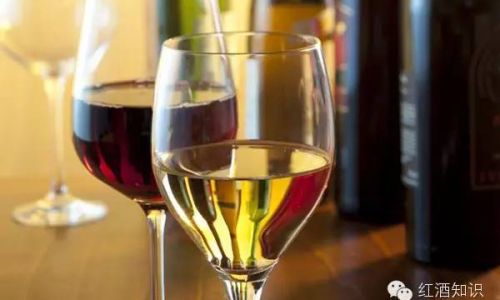
Food Pairing: Harmonizing Wine and Cuisine
The art of food pairing hinges on aligning a wine’s structural elements with a dish’s flavors, textures, and richness.
1 White Wine: The Perfect Partner for Lighter Fare
White wines excel with delicate dishes. Their acidity cuts through fatty fish (salmon, trout), creamy sauces (Alfredo, carbonara), and spicy cuisines (Thai, Indian). For example, a crisp Sauvignon Blanc complements oysters, while a buttery Chardonnay elevates lobster. Sweet white wines, like Riesling, pair beautifully with tangy cheeses (goat cheese) and fruity desserts.
2 Red Wine: Bold Flavors for Robust Dishes
Red wines thrive alongside rich, savory foods. Tannins in reds bind to proteins and fats, softening their astringency. A hearty Cabernet Sauvignon pairs with grilled steak, while a medium-bodied Merlot suits roasted lamb. Earthy reds like Pinot Noir harmonize with mushrooms and truffles, while spicy Syrah complements barbecue and smoked meats.
Serving Temperatures: Unlocking Aromas and Flavors
Serving temperature profoundly impacts a wine’s expression.
1 White Wine: Chilled to Refresh
White wines are best served chilled (45–55°F/7–13°C) to highlight acidity and aromatic freshness. Overchilling (below 40°F/4°C) mutes flavors, while underchilling (above 60°F/15°C) amplifies alcohol and dulls crispness.
2 Red Wine: Cool, Not Cold
Red wines should be served slightly below room temperature (60–68°F/15–20°C). Serving them too warm (above 70°F/21°C) accentuates alcohol and flattens flavors, while excessive cold (below 55°F/13°C) suppresses aromas and tannins.
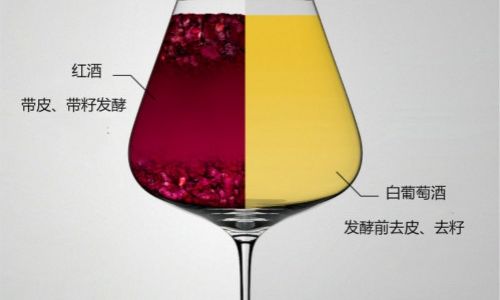
Health Benefits and Considerations: Moderation and Antioxidants
Wine’s health implications have sparked decades of research, with red wine often cited for potential benefits.
1 Red Wine: The Resveratrol Debate
Red wine contains resveratrol, a polyphenol found in grape skins linked to cardiovascular health. Studies suggest moderate consumption may improve cholesterol levels and reduce inflammation. However, excess intake negates these benefits and poses health risks.
2 White Wine: Acidity and Hydration
White wine’s acidity may aid digestion, while its lower alcohol content (compared to some reds) could reduce caloric intake. Both wines contain antioxidants, but reds generally have higher concentrations due to maceration.
Aging Potential: Time and Tannins
The ability to age gracefully is a hallmark of fine wine, and here, reds hold a distinct advantage.
1 Red Wine: The Cellar’s Gift
Tannins and anthocyanins act as natural preservatives, allowing red wines to age for decades. Bordeaux, Barolo, and Rioja improve with time, developing complex tertiary aromas (tobacco, leather, forest floor). Proper storage—cool, dark, and humid conditions—is critical.
2 White Wine: Drink Young, Drink Fresh
Most white wines are intended for early consumption, as their delicate aromatics fade with age. However, certain styles—like aged Riesling or Sauternes—gain complexity over time, showcasing honeyed and petrol notes.
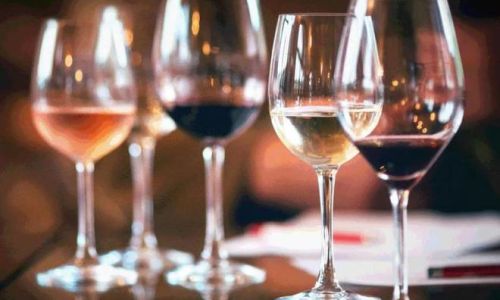
Notable Wine Regions: Terroir and Tradition
Geography and climate shape wine character, with regions specializing in either white or red varieties.
1 White Wine Regions
- Burgundy, France: Chardonnay and Aligoté thrive in limestone-rich soils.
- Mosel, Germany: Steep slopes yield mineral-driven Riesling.
- Loire Valley, France: Sauvignon Blanc and Chenin Blanc express vibrant acidity.
- New Zealand’s Marlborough: Crisp, herbaceous Sauvignon Blanc.
2 Red Wine Regions
- Bordeaux, France: Cabernet Sauvignon and Merlot blend in classic Bordeaux.
- Tuscany, Italy: Sangiovese-based Chianti and Brunello di Montalcino.
- Rioja, Spain: Tempranillo aged in American oak.
- Napa Valley, USA: Cabernet Sauvignon with ripe fruit and oak.
Cultural and Social Significance: Rituals and Traditions
Wine transcends mere consumption, embodying cultural rituals and social bonds.
1 White Wine: Celebrations and Casual Gatherings
White wines often grace summer picnics, brunches, and aperitif hours. Their approachability and versatility make them staples at informal gatherings.
2 Red Wine: Symbolism and Ceremony
Red wine’s association with ceremony dates to ancient rituals. In Christianity, it symbolizes Christ’s blood; in gastronomy, it represents celebration and indulgence. Fine reds are often shared during milestone events, embodying tradition and legacy.

Emerging Trends: Innovation and Sustainability
The wine world is evolving, with modern techniques and environmental stewardship shaping production.
1 White Wine Innovations
Natural winemaking, skin-contact whites (orange wines), and low-intervention methods are gaining traction. Varieties like Grüner Veltliner and Assyrtiko are earning acclaim for their unique expressions.
2 Red Wine Advancements
Climate change is prompting shifts in viticulture, with warmer regions experimenting with heat-tolerant varieties. Sustainable practices, such as biodynamic farming and carbon-neutral wineries, are becoming industry norms.
Conclusion: A Toast to Diversity
The divide between white and red wine is not a chasm but a spectrum—one that invites exploration and appreciation. From the sun-kissed slopes of Alsace to the rugged terraces of Barolo, each bottle tells a story of terroir, tradition, and human ingenuity. Whether you prefer the electric zip of a New Zealand Sauvignon Blanc or the velvety embrace of a Barossa Shiraz, the world of wine offers endless opportunities to discover, debate, and delight. So raise a glass—to the differences that unite us all in the pursuit of flavor.
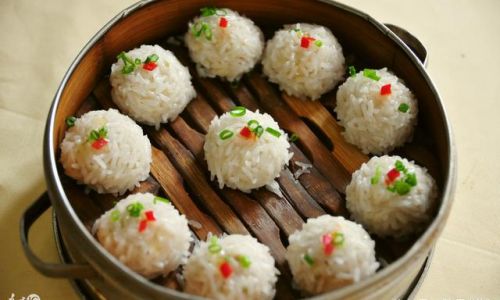
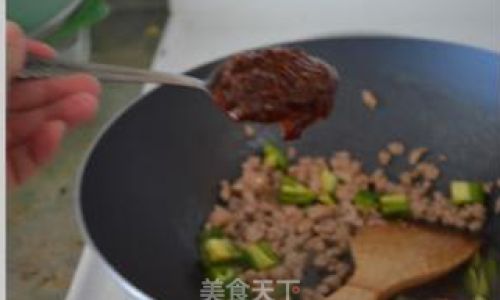
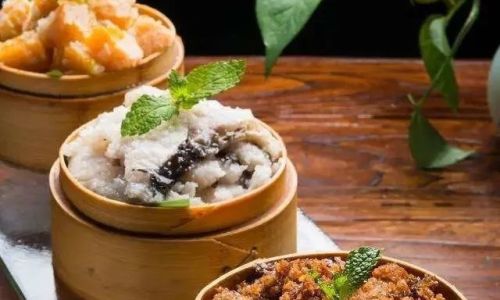
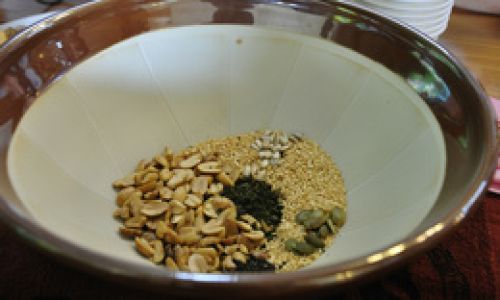
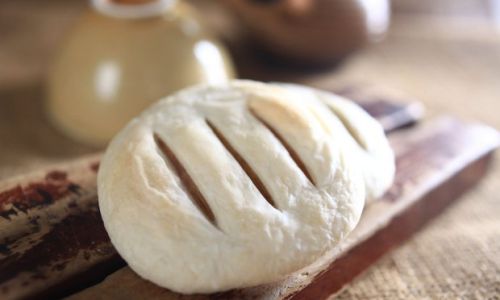
0 comments